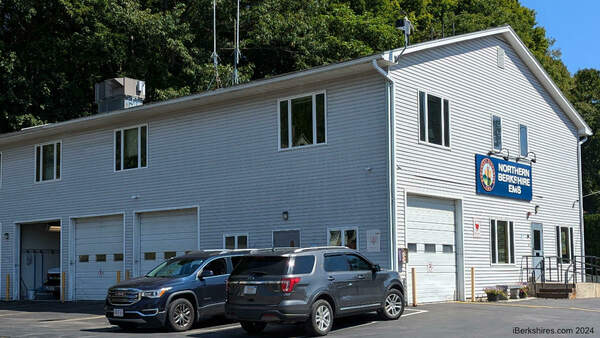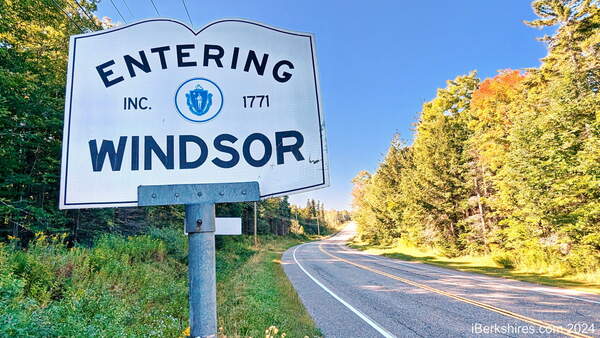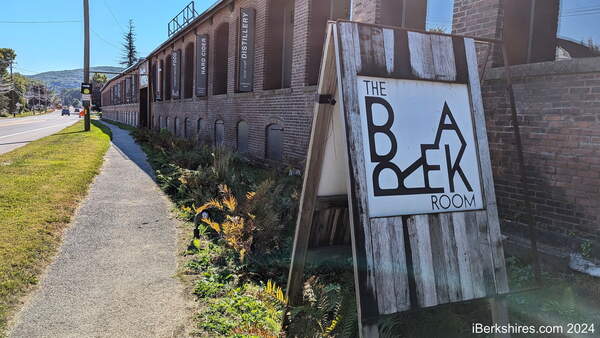
What goes into a retirement 'paycheck'?
During your working years, you generally know how much money you're bringing in, so you can budget accordingly. But once you're retired, it's a different story. However, with some diligence, you can put together a "paycheck" that can help you meet your income needs.
Where will this paycheck come from? Social Security benefits should replace about 40 percent of one's pre-retirement earnings, according to the Social Security Administration, but this figure varies widely based on an individual's circumstances. Typically, the higher your income before you retire, the lower the percentage will be replaced by Social Security. Private pensions have become much rarer in recent decades, though you might receive one if you worked for a government agency or a large company. But in any case, to fill out your retirement paycheck, you may need to draw heavily on your investment portfolio.
Your portfolio can provide you with income in these ways:
-
Dividends – When you were working, and you didn't have to depend on your portfolio for income to the extent you will when you're retired, you may have reinvested the dividends you received from stocks and stock-based mutual funds, increasing the number of shares you own in these investments. And that was a good move, because increased share ownership is a great way to help build wealth. But once you're retired, you may need to start accepting the dividends to boost your cash flow.
-
Interest payments – The interest payments from bonds and other fixed-income investments, such as certificates of deposit (CDs), can also add to your retirement income. In the years immediately preceding their retirement, some investors increase the presence of these interest-paying investments in their portfolio. (But even during retirement, you'll need some growth potential in your investments to help keep you ahead of inflation.)
-
Proceeds from selling investments – While you will likely need to begin selling investments once you're retired, you'll need to be careful not to liquidate your portfolio too quickly. How much can you sell each year? The answer depends on several factors — your age, the size of your portfolio, the amount of income you receive from other sources, your spouse's income, your retirement lifestyle, and so on. A financial professional can help you determine the amount and type of investment sales that are appropriate for your needs while considering the needs of your portfolio over your lifetime.
When tapping into your investments as part of your retirement paycheck, you'll also want to pay special attention to the amount of cash in your portfolio. It's a good idea to have enough cash available to cover a year's worth of your living expenses, even after accounting for other sources of income, such as Social Security or pensions. In addition, you may want to set aside sufficient cash for emergencies. Not only will these cash cushions help you with the cost of living and unexpected costs, but they might also enable you to avoid digging deeper into your long-term investments than you might like.
You may be retired for a long time — so take the steps necessary to build a consistent retirement paycheck.
This article was written by Edward Jones for use by your local Edward Jones financial advisor. Courtesy of Rob Adams, 71 Main Street, North Adams, MA 01247, 413-664-9253.. Edward Jones, its employees and financial advisors cannot provide tax or legal advice. You should consult your attorney or qualified tax advisor regarding your situation. For more information, see This article was written by Edward Jones for use by your local Edward Jones financial advisor. Courtesy of Rob Adams, 71 Main Street, North Adams, MA 01247, 413-664-9253.. Edward Jones, its employees and financial advisors cannot provide tax or legal advice. You should consult your attorney or qualified tax advisor regarding your situation. For more information go to www.edwardjones.com/rob-adams.


















